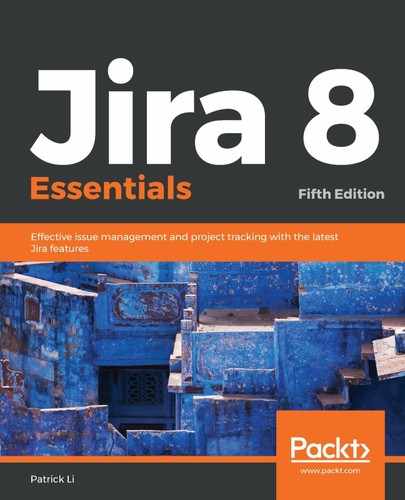Depending on how you are using Jira, an issue can represent different things, and can even look very different in the user interface. For example, in Jira Core, an issue will represent a task, and will look like this, as shown in the following screenshot:

In Jira Software, if you are using the agile board, an issue can represent a story or epic, and will resemble a card:

Despite all the differences in what an issue can represent and how it might look, there are a number of key aspects that are common for all issues in Jira, listed as follows:
- An issue must belong to a project.
- It must have a type, otherwise known as an issue type, which indicates what the issue represents.
- It must have a summary. The summary acts like a one-line description of what the issue is about.
- It must have a status. A status indicates where along the workflow the issue is at a given time. We will discuss workflows in Chapter 7, Workflow and Business Process.
In summary, an issue in Jira represents a unit of work that can be completed by a user, such as a task in Jira Core, a story in Jira Software, or a request in Jira Service Desk. These are all different forms of an issue.
